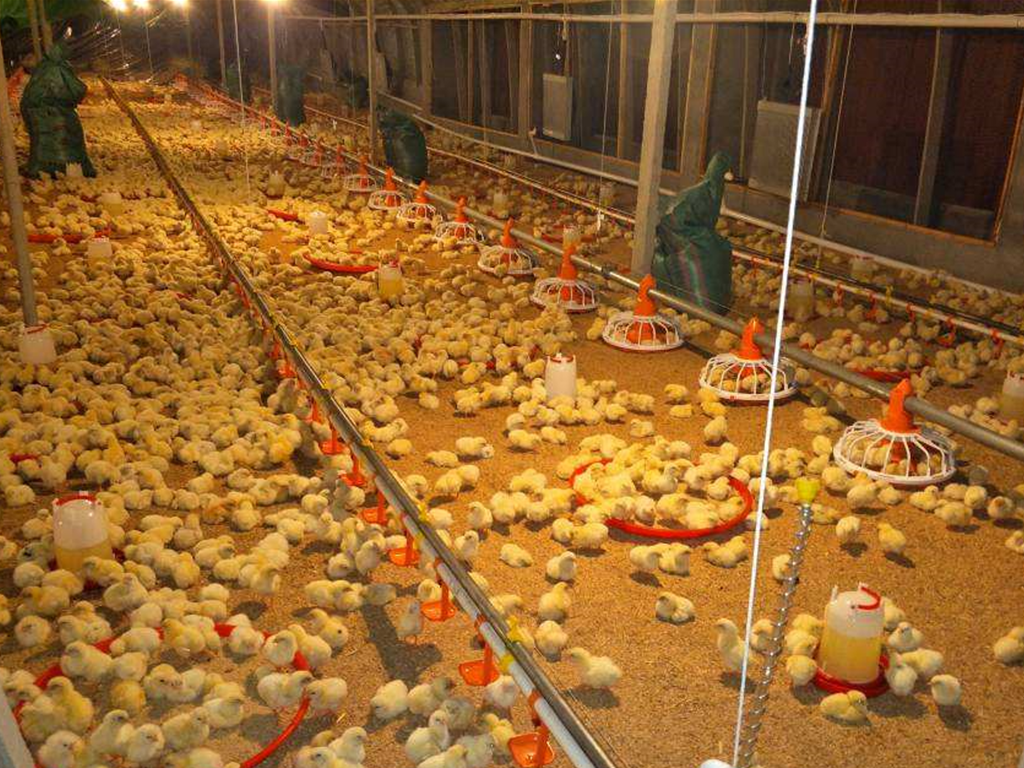Industry news
How to breed broilers scientifically and efficiently(1)
Added:2022-02-22
Due to the influence of many factors such as environment, feeding and management, this article can only provide guidance and reference, and does not guarantee the feeding effect.
At the same time, if the contents of this article conflict with national laws or regulations of government departments, the laws/regulations shall prevail.
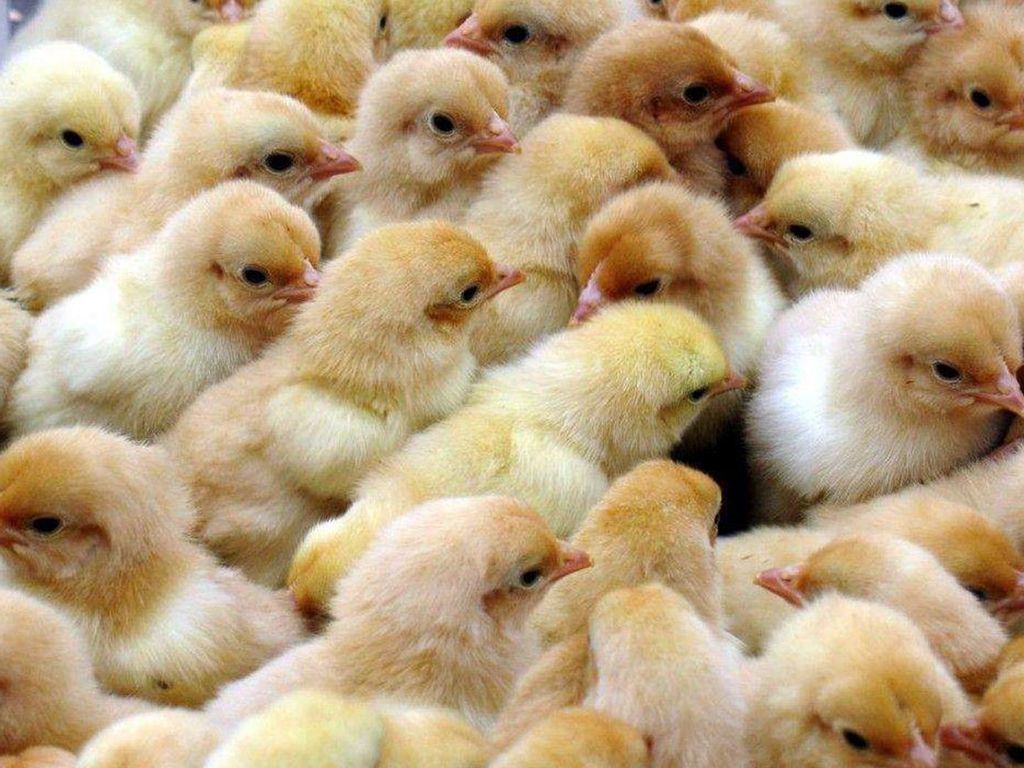
1."All in and all out"
A chicken farm enters the same batch of chickens of the same breed, same age and same source at the same time. When they reach a certain weight, these chickens will be put on the market together. This will not only help to carry out a comprehensive and thorough disinfection of the entire chicken farm, but also facilitate management. In order to achieve the purpose of eliminating pathogens (bacteria, viruses, mycoplasma, etc.) and preventing new and old chickens from contagious diseases.
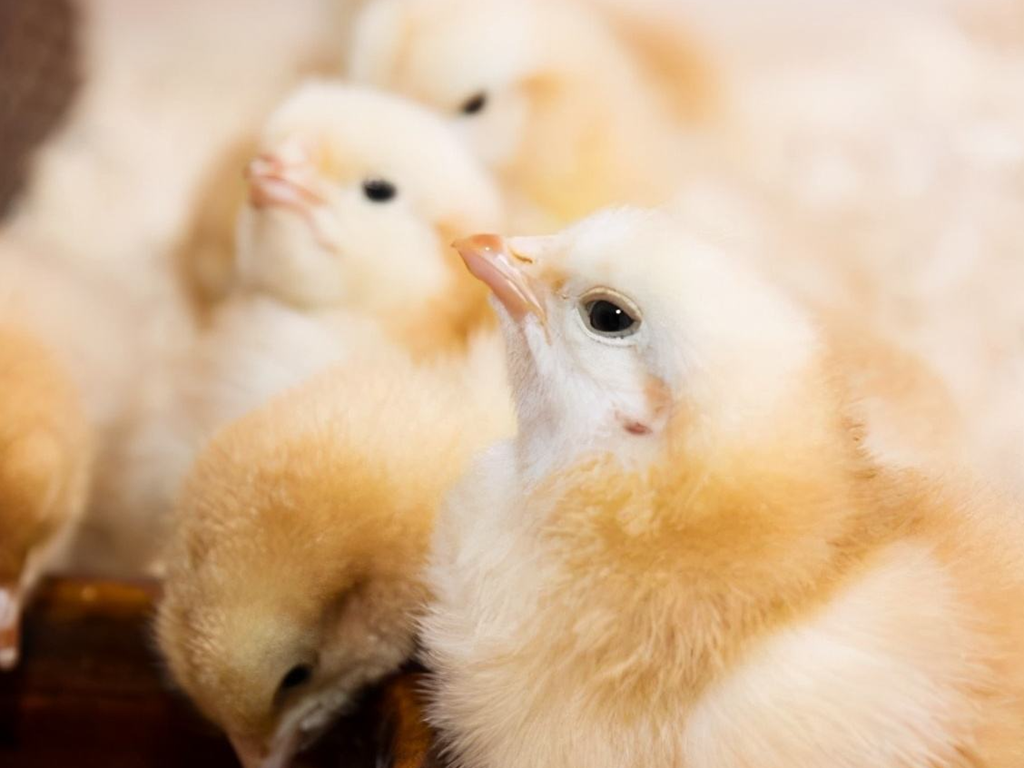
2.The quality of chicks
High-quality chicks come from healthy breeder flocks. The breeder flocks are required to be free from pullorum, typhoid fever and mycoplasma infection, and the breeder flocks have been scientifically vaccinated. The chicks are uniform in size and color, with a weight of more than 32 grams per chicken, and the chickens are healthy and lively.
3. Preparations before entering the chicks
Strict cleaning and disinfection of chicken coops and equipment. Disinfected chicken houses should be vacant for one to two weeks so that the life cycle of pathogenic bacteria cannot be sustained. The specific method is:
(1) Remove all feed barrels (troughs), drinking utensils and insulation umbrellas after the chickens are out of the field.
(2) Use non-corrosive disinfection methods after cleaning of electrical appliances, etc., and soak feed buckets (troughs) and drinking utensils with disinfectant.
(3) Organophosphorus pesticides can be sprayed to kill mites and flies when necessary to prevent the occurrence of insect-borne diseases. At the same time, rodenticides can be fed to kill rodents.
(4) Remove litter, dust and feces.
(5) Rinse the floor, walls and ceiling of the chicken house with high pressure water.
(6) Disinfect with appropriate disinfectant.
(7) After all equipment (including litter) is properly placed, use potassium permanganate and formalin to fumigate the house and equipment. When fumigating, close the doors and windows, and the fumigation dose is 14 grams of potassium permanganate and 28 ml of formalin per cubic meter of space. Open doors and windows 48-72 hours before entering chickens to avoid damage to chicks.
Carefully check that all appliances and equipment are operating and functioning properly, including feeding and drinking appliances, umbrellas and other cushioning systems, electrical systems, ventilation systems, etc.
24 hours before entering chickens, turn on the heating system to make the temperature in the brooder reach 32°C-35°C.
The specific pre-warming time depends on the season and outdoor temperature. Check the thermometer to see if the temperature under the brooder is normal.
The water in the drinker is prepared a few hours before the chicks arrive, so that the drinking water temperature is the same as the room temperature.
The feeding density of chicks raised on the ground level and on the plastic slat is (1-7) days 35 chicks/㎡; 15-21 days 20 chicks/㎡.
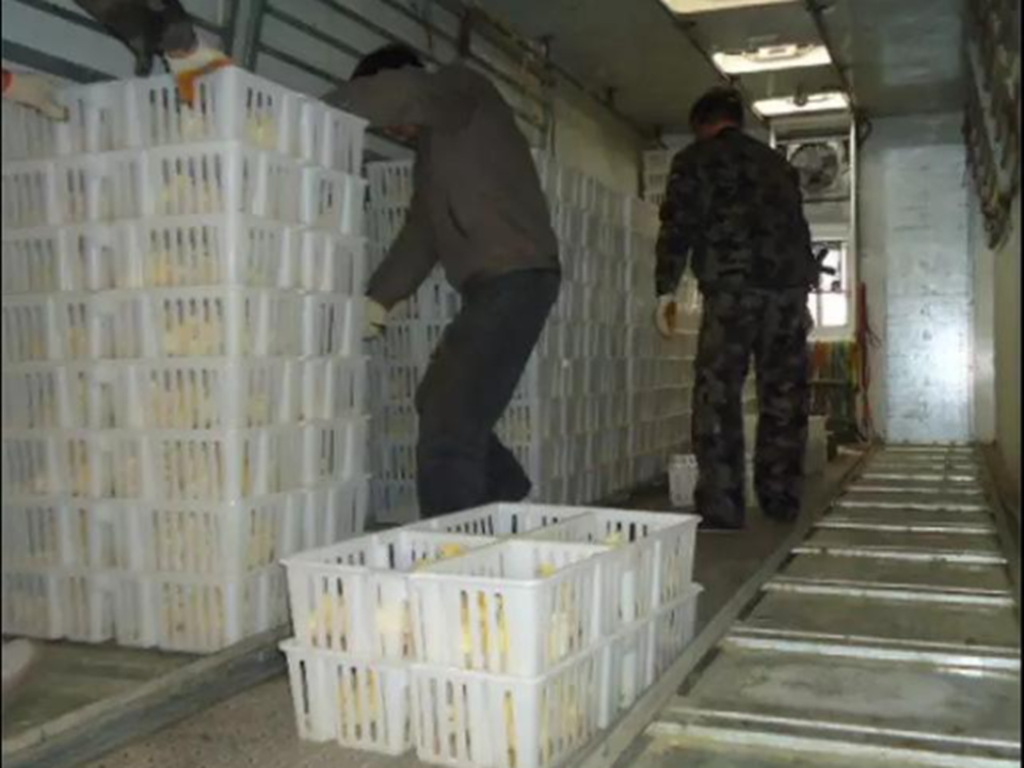
4. Pickup and brood management of chicks
Pick-up time: In summer, it is advisable to choose a cool time in the morning and evening, and in winter, it should be carried out at noon.
The chick transporter should be cleaned and disinfected in advance before the chicks are transported. The packing should be stable and firm, not inclined, not arranged too densely or too tightly, leave the air passages well, and the car should be equipped with tarpaulins, but the tarpaulins cannot be directly covered on the chick box, and a space of more than 30 cm should be reserved to avoid cause death by suffocation. Do not stop during transportation, check and turn over the box every 1 hour.
After arriving at the destination, the chicks should be released immediately. If they need to be vaccinated before they are released, please note that in the brooding room, the chick boxes should not be stacked or stacked close to the flue, and the placement time should not be too long, so as not to cause hypoxia in the chicks. and dehydration.
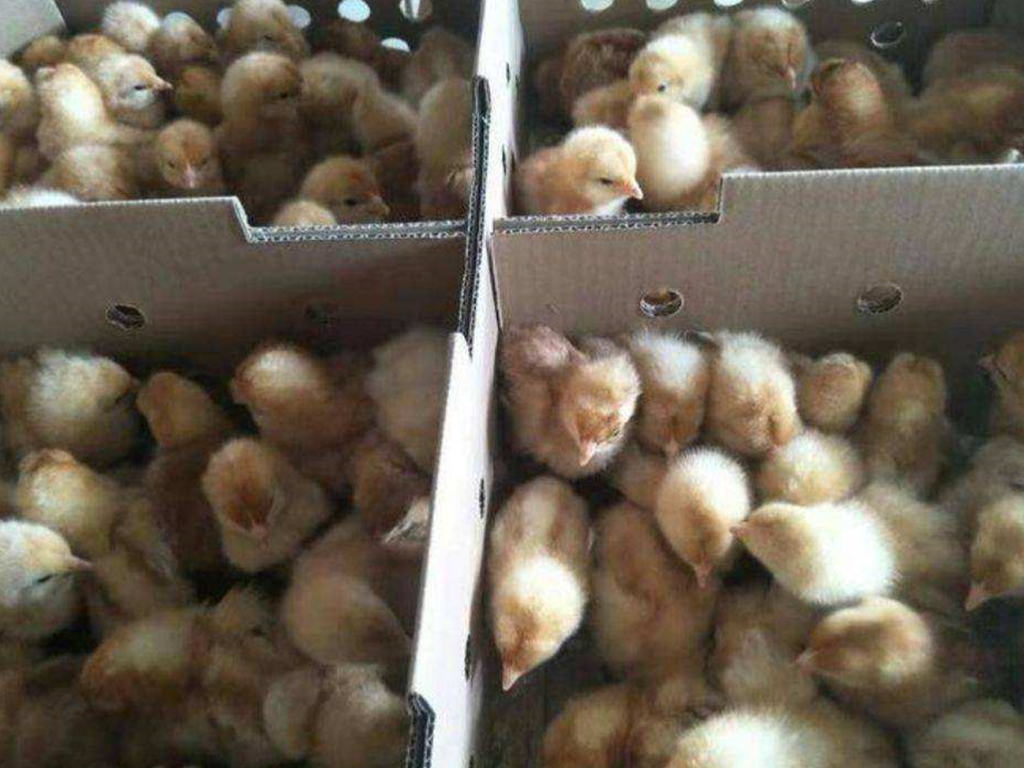
The whole house heating method can be adopted for the insulation of the chicks - the whole brooding room is heated to the same temperature of about 29℃-31℃, and 20-35 chickens are raised per square meter. The most ideal insulation method is to use a comprehensive heating protection fence and place it in a circle, excluding the corners, generally 1150px high, 0.92-1.22m away from the edge of the insulation umbrella, solid material in winter, and ventilated protective net in summer. Remember to gradually expand the protective device (about 20-25% increase in area) every day until it is removed after 7-14 days. For slat brooding, the support (woven cloth, etc.) should be placed on the slat in the first 3-5 days.
After the chicks are transferred into the brooder, let them drink water first to create a drinking water memory, which can effectively prevent the chicks from dehydration. After 2-3 hours, when 1/3 of the chicks are looking for food, they will be given feed to achieve the rapid development of the yolk sac. absorb. In the first few hours, 2.5-5% glucose can be added to the water. If the transportation is far away and the stress is severe, the compound liquid vitamin Navi 1000 can be added to the water for the first 3 days, and appropriate antibiotics can be added at the same time to prevent the initial bacterial infection. .
Take notes carefully. Such as chicken arrival date, number, breed, daily death and elimination number, vaccination, drug administration, feed consumption, etc., in order to facilitate statistical analysis, accounting, summarizing experience and lessons, and help CP company technical service personnel to verify and refer to , put forward suggestions for improving feeding management.
Subsequent sections include water supply management, feed management, ventilation, lighting, disinfection procedures, etc. I will publish related content in the next few weeks, welcome to subscribe to our website to get the update.
(Note:The information comes from a large-scale breeding group in China)


